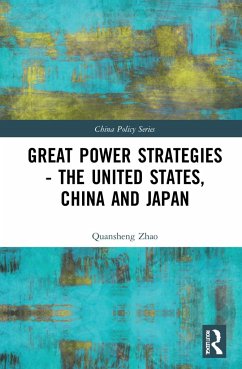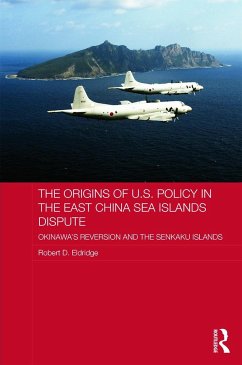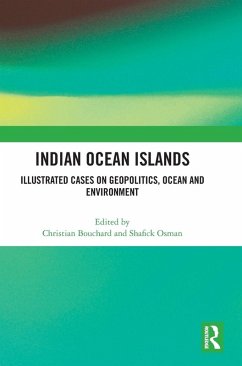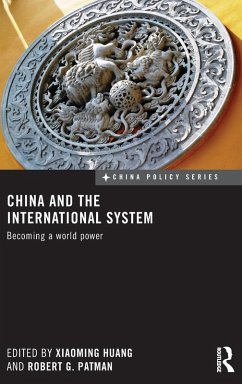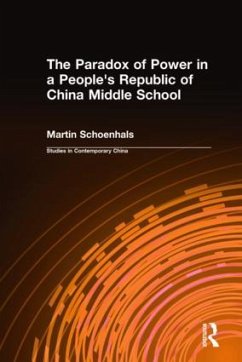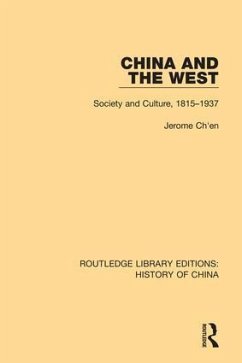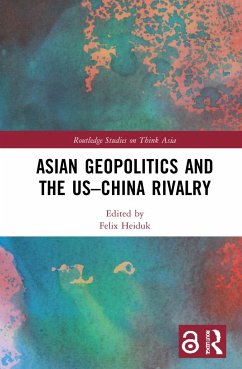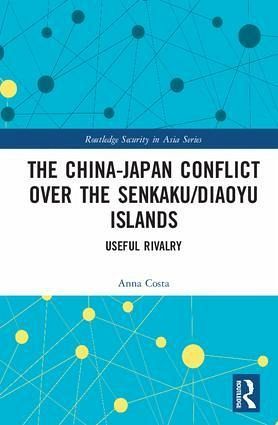
The China-Japan Conflict over the Senkaku/Diaoyu Islands
Useful Rivalry

PAYBACK Punkte
88 °P sammeln!
This book examines the foreign and security policies adopted by China and Japan since the 1970s in their competition over the Senkaku/Diaoyu Islands in the East China Sea. It charts the development of a dispute that has become a potential flashpoint for conflict between the two countries.




